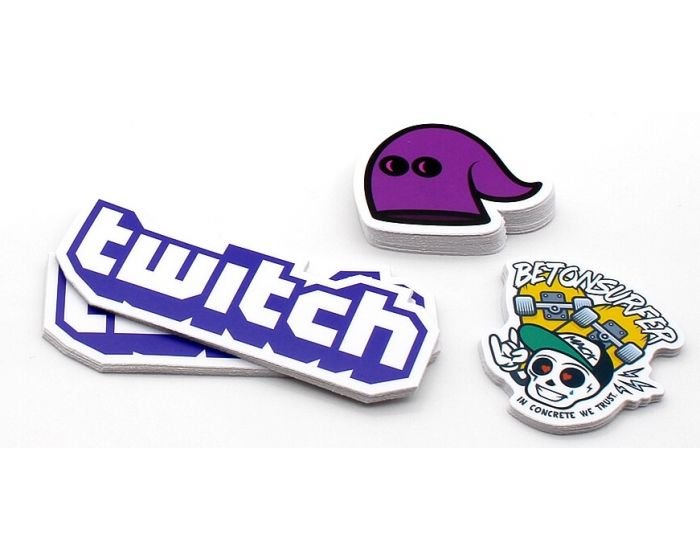After the coronavirus pandemic, more emphasis has been given to cleaning and disinfecting buildings. The main purpose of electrostatic sprayers is to maximize the coverage of chemicals on an environmental surface.
However, repeated disinfection of buildings affects the health of residents in an adverse way. That’s why the electrostatic sprayer has come into being. In this article, we will have an overview of Ryobi electrostatic sprayer uses.
How does an electrostatic sprayer work?
The concept behind an electrostatic sprayer is simple. The chemical in the sprayer is given an electron, and it becomes negatively charged. Since soil and microbes have a positive charge, the negatively charged disinfectant in the sprayer settles well on them. The science behind charge attraction allows the disinfectant in the sprayer to coat surfaces that are hard to target otherwise.
With this simple concept, you might think to use every disinfectant with an electrostatic sprayer. But the fact is, products with an EPA registration label can be used in an electrostatic sprayer. If your product doesn’t have this label, you can’t use it in an electrostatic sprayer to kill pathogens.
However, unlike electrostatic sprayers, low-pressure sprayers can use any disinfectant.
What is special about Ryobi (18V ONE+ Cordless 1 Gallon)?
Ryobi’s specifications include the following:
- Its cordless nature allows you to have freedom of movement.
- You have the convenience of battery power to spray water-soluble disinfectants.
- It uses the best electrostatic charging technology to create positively charged particles in the solution.
- It provides quicker and better coverage of surfaces with disinfectants.
- With the included 18V ONE + battery, you can spray up to 30 gallons per charge.
- The sprayer comes with two 18V ONE+ 2.0 batteries to double the spray coverage.
- It has a comfortable backpack design that makes its one-handed operation with either the left or right hand, easy.
- The three-in-one adjustable nozzle selector allows you to choose from three spray patterns.
- The low-pressure spray option covers up to 2 ft with 65 microns, the medium one covers up to 5ft with 85 microns, and the high-pressure option covers up to 10 ft with 160 microns.
- The large one-gallon tank is easy to carry around for spraying, and it also detaches very easily from the unit to remove extra liquid or for refilling.
- It’s ideal for use with disinfectants, cleaning solutions, and spreading lawn and garden chemicals.
How should I use disinfectants in the electrostatic sprayer?
If the chemical is approved by the EPA, having its master label as proof, then yes. Some commonly used chemicals that have EPA master labels are chlorine dioxide, hydrogen peroxide, hypochlorous acid, BNC-15, and organosilanes. All of these can be used with some dilution in the electrostatic sprayer.
Some product labels may disclose the style of the application. The manufacturer has designed it to spray liquids at a particular speed, the best-suited micron and particle size. Hence, it’s better always to check with the sales representative about disinfectant recommendations.
If you are looking for a disinfectant to be used in a sprayer that reduces stains or a film after spraying, it’s always better to use oxidizers as they are free of any fragrance, dyes, or detergents that often stay on the surface as a visible film.
Electrostatic sprayers are used for disinfecting large surface areas that are hard to access through manual disinfection practices. In addition, Ryobi electrostatic sprayer’s uses include spray painting with its painting gun and pesticide spraying on plants. Everywhere, the electrostatic sprayer is much more effective than the traditional sprayer.



